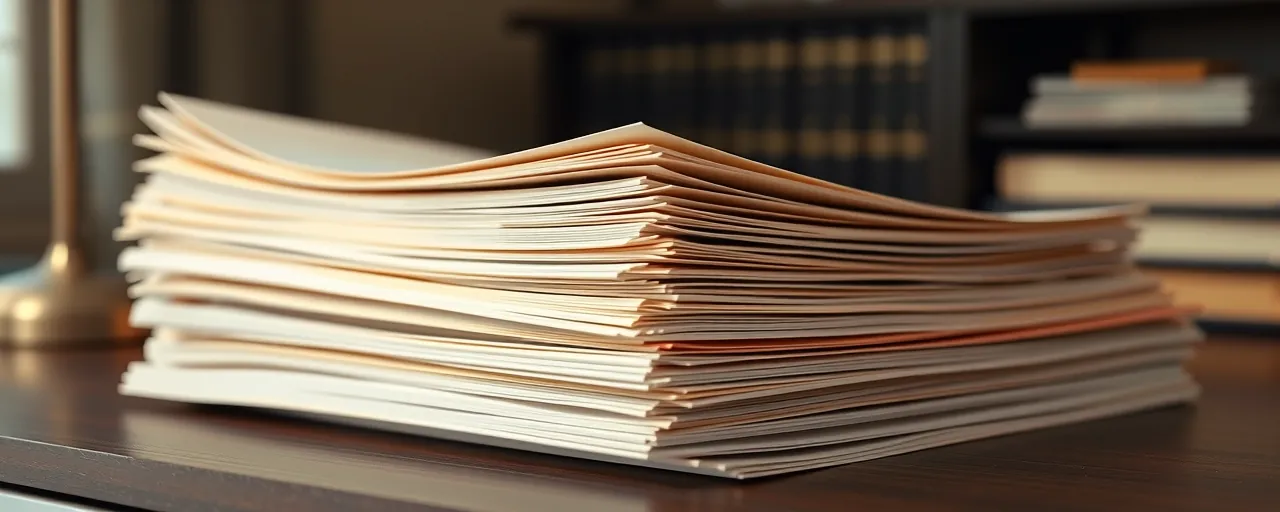A Tax Plan Derailed
In May 2025, President Trump’s ambitious tax proposal crashed in the House Budget Committee, undone by Republican infighting and solid Democratic resistance. The $3.7 trillion package, designed to cement the 2017 Tax Cuts and Jobs Act, aimed to keep individual tax rates at 37 percent for top earners and corporate taxes at 21 percent. Yet, four GOP members sided with Democrats to halt the bill, citing fears of soaring deficits and vague spending cuts. The setback reveals tensions within the Republican Party and casts uncertainty over the nation’s fiscal future.
The 2017 tax cuts, a cornerstone of Trump’s first term, sparked heated debate then and now. Proponents claim they boosted investment and jobs, pointing to economic growth in the late 2010s. But the Congressional Budget Office projects that extending these cuts without offsetting measures could pile nearly $5 trillion onto the federal debt by 2035. That staggering figure has left even some tax-cut supporters uneasy, setting the stage for a broader clash over priorities.
Roots of the Collapse
Disagreements over costs and trade-offs sank the bill. Some Republicans, especially from high-tax states, pressed to lift the state-and-local tax (SALT) deduction cap above $30,000 to ease burdens on their voters. Others demanded steep spending reductions, like slashing Medicaid by $715 billion over a decade or scrapping green energy credits, to balance the books. These competing goals fractured GOP unity, leaving the bill short of the votes needed to move forward.
Democratic lawmakers, unified in opposition, argued the plan tilted toward corporations and wealthy households. They championed higher taxes on businesses and top earners to fund child tax credits, housing initiatives, and healthcare subsidies. Public opinion, particularly among their base, backs closing loopholes like carried interest to support these programs. The GOP’s internal struggles, combined with this resistance, exposed the difficulty of advancing major legislation in a divided Congress.
Debt’s Looming Shadow
The tax debate unfolds as federal debt climbs to $36.2 trillion, with deficits expected to hit $1.9 trillion in fiscal year 2025. Interest payments, now the second-largest federal expense, are on track to top $1 trillion by 2026, squeezing funds for defense, infrastructure, and social services. The Congressional Budget Office warns that public debt could reach 118 percent of GDP by 2035, a level that has prompted credit agencies like Fitch Ratings to flag risks to investor trust.
History sheds light on today’s fiscal challenges. Debt soared to 119 percent of GDP in 1946 after World War II but dropped during the postwar boom. It rose again in the 1980s with tax cuts and defense spending, and spiked during the 2008 financial crisis and 2020 pandemic response. Current deficits, fueled by tax policies and rising interest costs, highlight the urgency of the tax policy debate.
Competing Visions
Supporters of the 2017 tax cuts argue they’ve energized the economy by freeing up capital for businesses and workers. They cite job growth and wage increases in the years after the cuts, urging lawmakers to prioritize tax relief despite deficit concerns. Some Republicans, however, insist on pairing extensions with tight spending limits, like caps on discretionary growth at 2 percent annually, to curb debt accumulation.
Advocates for a more progressive tax system focus on equity and social needs. They argue that raising corporate and high-income taxes could finance critical programs while narrowing income gaps, as the top 0.1 percent claim a growing share of after-tax income. These differing perspectives underscore a fundamental debate about government’s role in shaping economic opportunity and stability.
The Road Ahead
The bill’s defeat leaves Republican leaders scrambling to bridge divides. Talks over SALT caps, Medicaid reforms, and energy credits will shape future efforts, but uniting moderates, hardliners, and centrists remains a tall order. With a razor-thin House majority, every vote is critical, and further delays could stall progress on tax policy.
For Americans, the outcome hits close to home. Tax decisions affect paychecks, business plans, and economic growth. With inflation, borrowing costs, and long-term fiscal health at stake, the debate carries real-world weight. The bill’s failure signals that compromise, though elusive in today’s polarized climate, is essential to move forward.
Lawmakers now face a pivotal moment. Balancing tax relief with fiscal responsibility requires tough choices, especially as needs like healthcare, housing, and infrastructure compete for funding. History shows that overcoming gridlock tests political resolve, but the path to a sustainable fiscal future depends on finding common ground.
